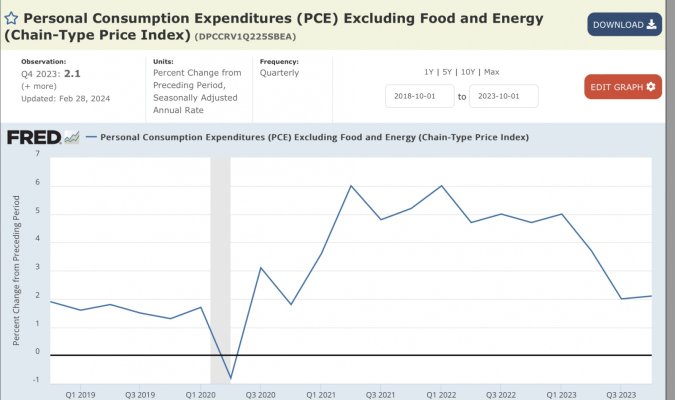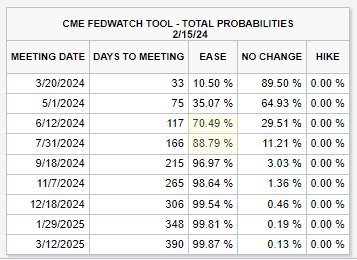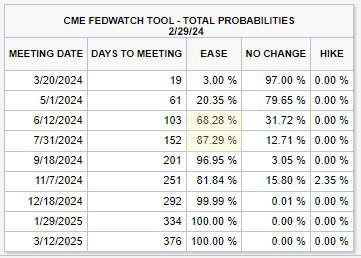Agree. Part of normalization also includes weak businesses going away and strong businesses taking up the slack giving them pricing power.
That said, two giants have different pricing models, McDonalds is an example of trying to absorb as much of the consumer surplus (area under the curve) as possible by charging $6.50 for a fish sandwich while providing "deals" on their app which greatly reduces labor cost for those who will not pay for that fish sandwich. It is a curious game of chicken and anyone who looks at a McDonalds menu is instantly confused.
Go into In-N-Out and notice the difference in their menus and pricing. In-N-Out's menu is simple, self-evident and "reasonable" while McDonalds' menu is complex, unreadable and laden with serious pricing anomalies. It is two different strategies and is no wonder that McDonalds is struggling.
The different strategy is because they McDs are primarily franchised and In-N-Out is not. Each franchisee can set whatever price they want, although corporate will give them guidance on the pricing based on their market/area. Also once you become franchised you can forget about quality and you have to rely on branding.





